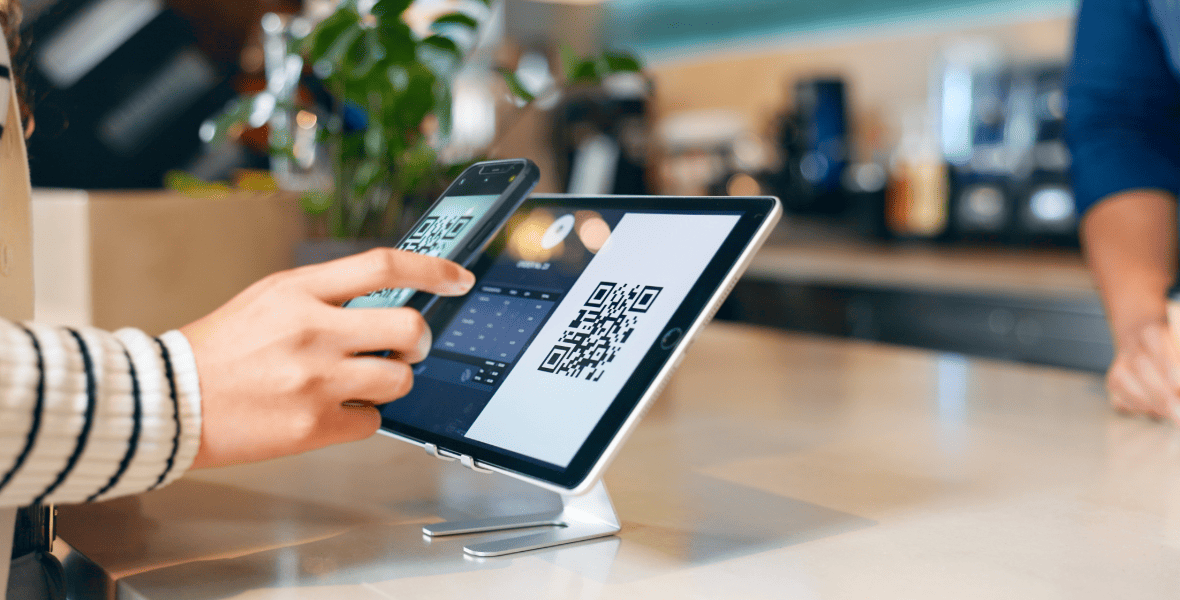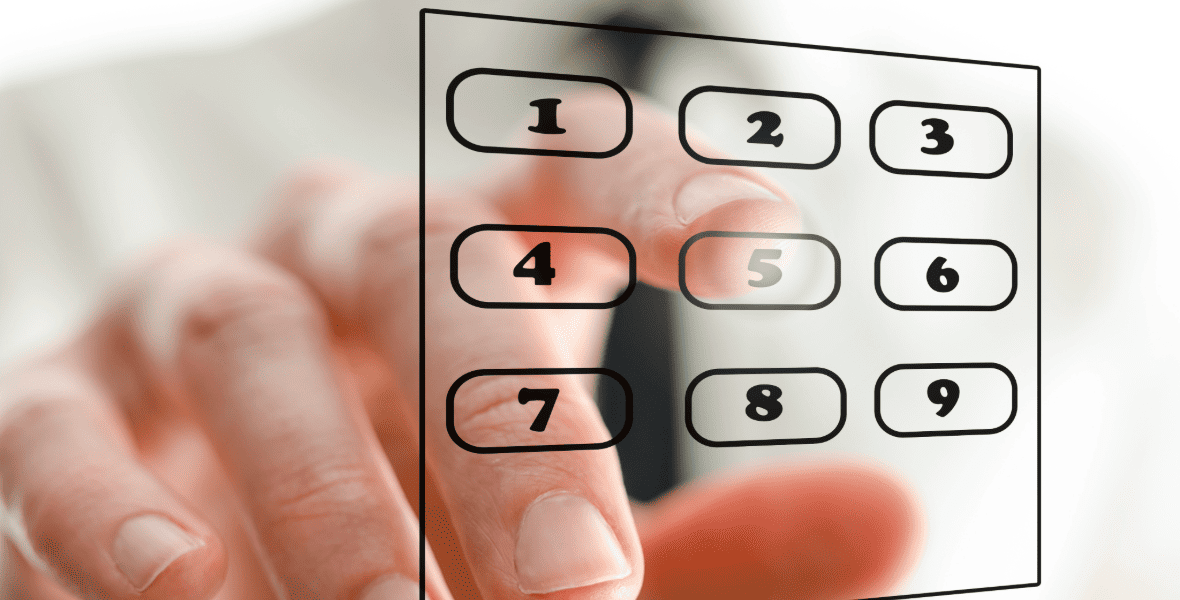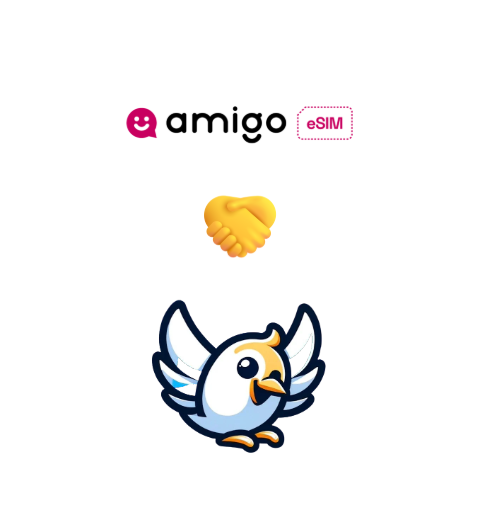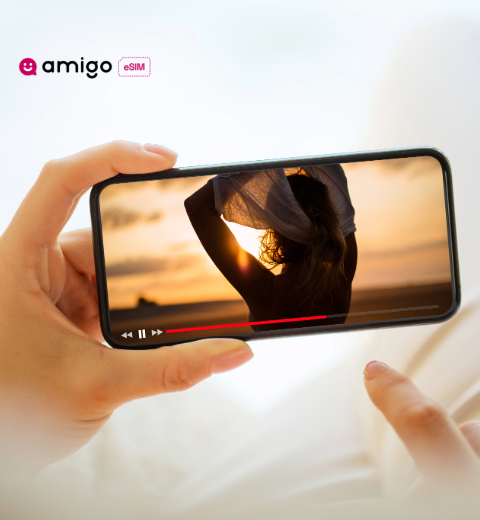Table of Contents:
- How does an eSIM with a phone number function?
- Distinguishing between data-only and full-service eSIMs
- Factors influencing phone number availability on eSIMs
- Step 1: Verify device compatibility and unlock status
- Step 2: Choose a provider offering numbered eSIM plans
- Step 3: Prepare the necessary information for activation
- Step 4: Purchase and install the eSIM profile
- Step 5: Activate the service and associated number
- What benefits does an eSIM with a phone number offer?
- Alternatives If Your eSIM Doesn’t Include a Phone Number
- Using internet calling apps via the eSIM data connection
- Obtaining a virtual phone number service
- Utilizing dual-SIM capability with a primary physical SIM
An eSIM is a built-in digital SIM that replaces physical cards, allowing remote activation of cellular plans. Many eSIMs holdcarrier-assigned phone number, enabling standard voice, text, and data services based on your chosen plan. This guide will detail how eSIMs handle phone numbers and walk you through how to get one.
Amigo eSIM offers plans with phone numbers for many countries. You can search your favorite destination and connect instantly!
How does an eSIM with a phone number function?

When it comes to making calls, sending texts, and using data, an eSIM equipped with a phone number works just like a physical SIM, but it relies on the chip embedded inside your device. When you activate an eSIM profile from a carrier offering voice and SMS, the network links a phone number to that profile. Your device then uses the eSIM to hook up to the carrier's network, letting you make and take calls, send and receive texts, and use mobile data with that specific number.
Its digital nature brings some neat tricks, like holding multiple eSIM profiles on one device (though usually only one or two can be active at once). You can also switch between carriers or plans without fiddling with tiny plastic cards. You manage all this right from your device's settings menu, choosing which profile – and its associated phone number, if it has one – handles your voice, texts, and data.
Distinguishing between data-only and full-service eSIMs
It's crucial to understand the two main flavors of eSIM plans available. Data-only eSIMs, as the name suggests, just give you mobile data connectivity. You'll see these offered frequently by global eSIM providers targeting travelers who want internet access overseas without facing hefty roaming fees. These plans don't have their own phone number, so you can't use them for standard cellular calls or SMS messages. However, internet-based communication apps like WhatsApp or Skype run perfectly fine over the data connection they provide.
On the other hand, full-service eSIMs deliver the whole experience: mobile data, a dedicated phone number for voice calls, plus SMS and MMS messaging. These usually come from your regular mobile network operators or certain regional providers. They act exactly like your main mobile line, just delivered through the built-in chip instead of a physical card, demonstrating the core principles of how eSIMs work.
Factors influencing phone number availability on eSIMs

Whether your eSIM plan comes with a phone number boils down to the provider and the specific plan you pick. Many traditional mobile carriers now let you get their standard monthly plans (which naturally include phone numbers) on an eSIM. But lots of international eSIM companies focus on affordable data packages for travel, often leaving out phone numbers to keep things simple and cheap. Sometimes, local rules also affect this, potentially requiring identity checks before assigning a local phone number, which might be simpler through local carriers than global ones.
Step 1: Verify device compatibility and unlock status
Getting an eSIM with a working phone number is usually a digital affair you can handle right on your device, assuming it's up to the task. Your first move is to check if your smartphone or gadget actually supports eSIM technology. Newer models from big names like Apple (iPhone XS and up), Google (Pixel 2 and later), and many Samsung Galaxy devices typically do. Dive into your device specs or settings (look under 'Cellular' or 'Mobile Data') to be sure. Just as critical: make sure your device is carrier-unlocked. If it's locked to one carrier, you won't be able to install an eSIM plan from anyone else.
Step 2: Choose a provider offering numbered eSIM plans
Next, hunt down a mobile carrier or eSIM provider that clearly states their plans come with a phone number. Your current mobile company might let you convert your existing physical SIM plan to an eSIM, letting you keep your number. If you're after a new number or a plan for a specific place, check out local carriers there or look for specialized eSIM providers whose deals explicitly mention voice and SMS along with data. Always read the fine print before you buy.
Getting eSIMs with phone numbers from Amigo is super easy. All you have to do is search for your favourite destination.
Step 3: Prepare the necessary information for activation
You might need a few details handy, depending on the provider and local rules. Often, they'll ask for your device's IMEI (International Mobile Equipment Identity) number – that unique code identifying your phone. Also, learn the difference between an IMEI and an ICCID number. Some providers, particularly for plans with local numbers, might also need to verify your identity, possibly asking you to upload ID documents. Make sure you've got a stable internet connection (Wi-Fi usually works best) on the device you're setting up.
Step 4: Purchase and install the eSIM profile

Found your provider and plan?
Great, go ahead and purchase it. After you pay, the provider will give you the activation details. Getting it onto your phone usually happens in one of these ways:
- scanning a QR code, this is the most common way; the provider sends a QR code via email or shows it on screen, and you scan it with your phone's camera through the 'Add Cellular Plan' or 'Add eSIM' setting.
- using a provider app, some carriers have their own apps that walk you through buying and installing the eSIM right there in the app,
- manual entry, less frequent, this means you'll need to type in activation codes and server details from the carrier directly into your phone's eSIM settings.
Step 5: Activate the service and associated number
Once installed, the eSIM profile needs to kick into action. This might happen automatically right after installation, or you might need to give it a final nudge in your device settings. As soon as it's active, the eSIM connects to the network, and its phone number is live for calls and texts. You might want to pop into your settings to tell your phone whether to use the new eSIM as your main line or a secondary one for voice, SMS, and data.
What benefits does an eSIM with a phone number offer?
Opting for an eSIM that includes a phone number brings several nice perks compared to traditional SIMs or data-only eSIMs:
- more convenient, no more fumbling with tiny SIM cards; switching carriers or plans is done digitally, often instantly, right in your settings
- dual SIM power, since most eSIM phones still have a physical SIM slot, you can run two active numbers on one device – great for keeping work and personal lines separate, or using a local number alongside your home number when traveling,
- travel made easier, grab a local phone number and data plan for your destination before you even leave, avoiding the hunt for a SIM card shop on arrival and dodging expensive roaming charges from your home carrier for calls, texts, and data,
Alternatives If Your eSIM Doesn’t Include a Phone Number
Using internet calling apps via the eSIM data connection
So, you've got a data-only eSIM, or maybe getting one with a phone number just wasn't in the cards? Don't worry, you still have ways to make calls and send texts by using that eSIM's data connection. You can tap into the mobile data from your eSIM to run Voice over Internet Protocol (VoIP) apps. Familiar names like WhatsApp, Skype, FaceTime Audio, Google Meet, and Telegram let you make voice or video calls and send messages to anyone else using the same app, all over the internet connection your eSIM provides. This often does the trick for staying in touch, particularly when you're traveling internationally.
Obtaining a virtual phone number service

Another route is signing up for a virtual phone number service – think Skype Number, Google Voice, or similar apps. These services give you a real phone number (you can often pick the country) that works purely over the internet. You use an app on your smartphone to make and receive standard calls and texts, all powered by your eSIM's data connection. It's a solid way to get a working phone number that isn't tied to your SIM card.
Utilizing dual-SIM capability with a primary physical SIM
If your phone handles both an eSIM and a physical SIM (which is pretty common), you can simply use the data-only eSIM for cheap mobile data (super handy for travel) while keeping your main physical SIM active for your regular phone number. Just tweak your phone's settings to use the physical SIM for calls and texts, and the eSIM for mobile data. This setup lets you stay reachable on your primary number while enjoying the affordable data from your eSIM plan.
Posts you might also like




